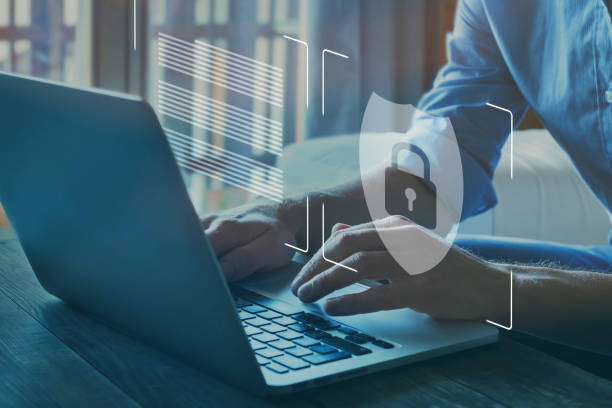Online shopping has become a convenient and popular way for people to buy products, but with the ease of purchasing goods comes the risk of falling victim to fake websites. These websites often mimic the look and feel of legitimate online retailers, but their goal is to steal your personal information, money, or both. Not only can you fall victim to fake websites, but also through phone calls. AMAZON CALLER scammer poses as representatives from Amazon requesting sensitive information to gain access to your finances. In this article, we will explore the hidden dangers of online shopping and how to identify fake websites.
What are Fake Websites?
Fake websites, also known as phishing websites, are fraudulent sites that are designed to trick people into providing their personal and financial information. They often offer irresistible deals, discounts, or free items in an attempt to lure people in. Once they have your information, they can use it for their own gain, such as making unauthorized purchases or opening bank accounts in your name.
How to Identify Fake Websites
It can be difficult to distinguish a fake website from a legitimate one, but there are some key signs to look for to protect yourself from online shopping scams.
- Website URL: One of the easiest ways to identify a fake website is by checking the URL. Legitimate websites will have a URL that starts with “HTTPS” and includes a padlock symbol, which indicates that the site is secure. If the URL starts with “HTTP” or does not include a padlock symbol, it is best to avoid the site.
- Look for reviews and ratings: Before making a purchase, check for reviews and ratings on the website. Read multiple reviews and look for red flags, such as numerous negative reviews or fake positive reviews.
- Check the contact information: A legitimate website will have clear and comprehensive contact information, including a physical address and a phone number. If the contact information is missing or seems fake, it is best to avoid the site.
- Be wary of deals that seem too good to be true: If a website is offering a deal or discount that seems too good to be true, it probably is. Scammers often use this tactic to attract victims to their fake websites.
Protect Yourself from Fake Websites
→ Use a credit card instead of a debit card
For the safest online shopping experience, opt for a credit card rather than a debit card. Credit cards offer more protection and can be disputed if fraud occurs.
→ Shop at reputable websites
It is best to shop at well-known and reputable websites, such as Amazon, eBay, or Walmart.
→ Keep your software up-to-date
Make sure to keep your software, such as your browser and antivirus program, up-to-date to protect yourself from malicious websites.
→ Be cautious when clicking on links
Exercise caution when clicking on links, particularly if they were sent to you through email or social media. Scammers often use these methods to direct people to fake websites.
→ Use a Strong and Unique Password
Using a strong and unique password for each of your online accounts is crucial in protecting your personal information from cybercriminals. Your password should be at least 12 characters long and include a combination of upper and lower-case letters, numbers, and symbols.
→ Verify the Website’s Security Certificates
Before entering any sensitive information, such as your credit card number, make sure the website has a valid security certificate. You can check this by looking for a padlock symbol in the address bar of your browser and verifying that the certificate was issued by a reputable organization.
→ Be Wary of Public Wi-Fi
Using public Wi-Fi to make online purchases can be risky as it is easier for cyber criminals to intercept your information. If possible, avoid using public Wi-Fi when shopping online and use a secure, private network instead.
→ Research the Website Before Making a Purchase
Before making a purchase, take the time to research the website and the company behind it. Check for reviews and ratings, and make sure the website has a physical address and phone number.
→ Monitor Your Bank and Credit Card Statements Regularly
It is important to regularly monitor your bank and credit card statements to catch any suspicious activity. If you notice any unauthorized transactions, report them to your bank or credit card company immediately.
Final Conclusion
Online shopping scams are a growing concern, and it is essential to be aware of the hidden dangers that come with shopping online. By following the tips outlined in this article, such as using a credit card instead of a debit card, shopping at reputable websites, keeping your software up-to-date, using a strong and unique password, verifying the website’s security certificates, being wary of public Wi-Fi, researching the website before making a purchase, and monitoring your bank and credit card statements regularly, you can protect yourself from falling victim to fake websites and online shopping scams. Remember to always be cautious and diligent when shopping online, and never compromise your personal information or financial security.



